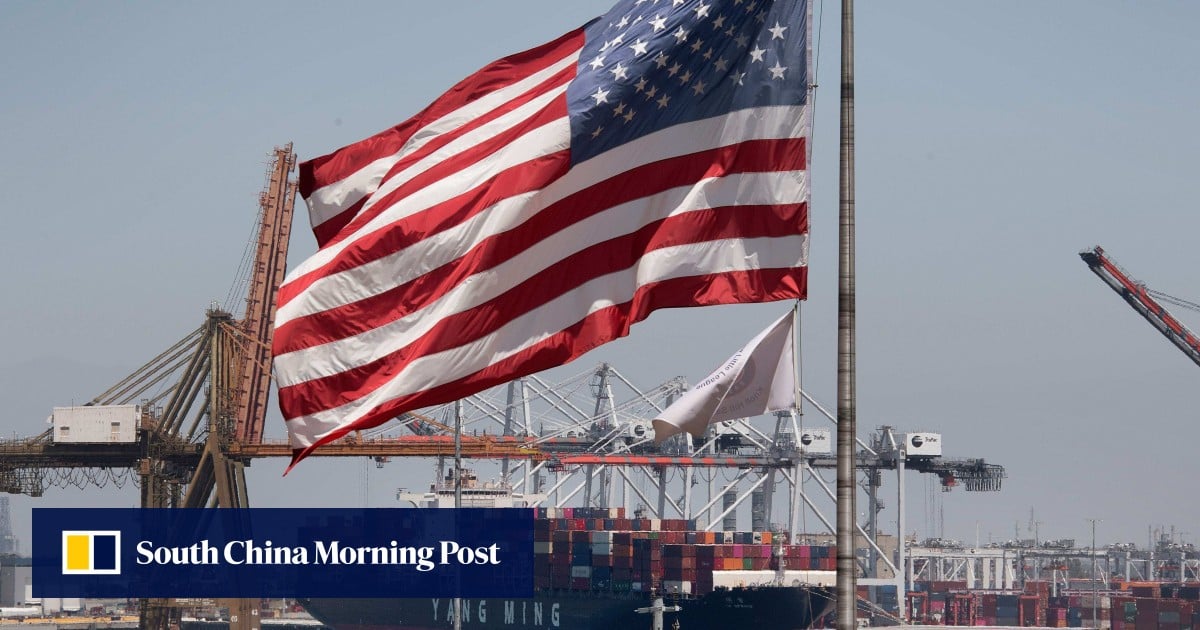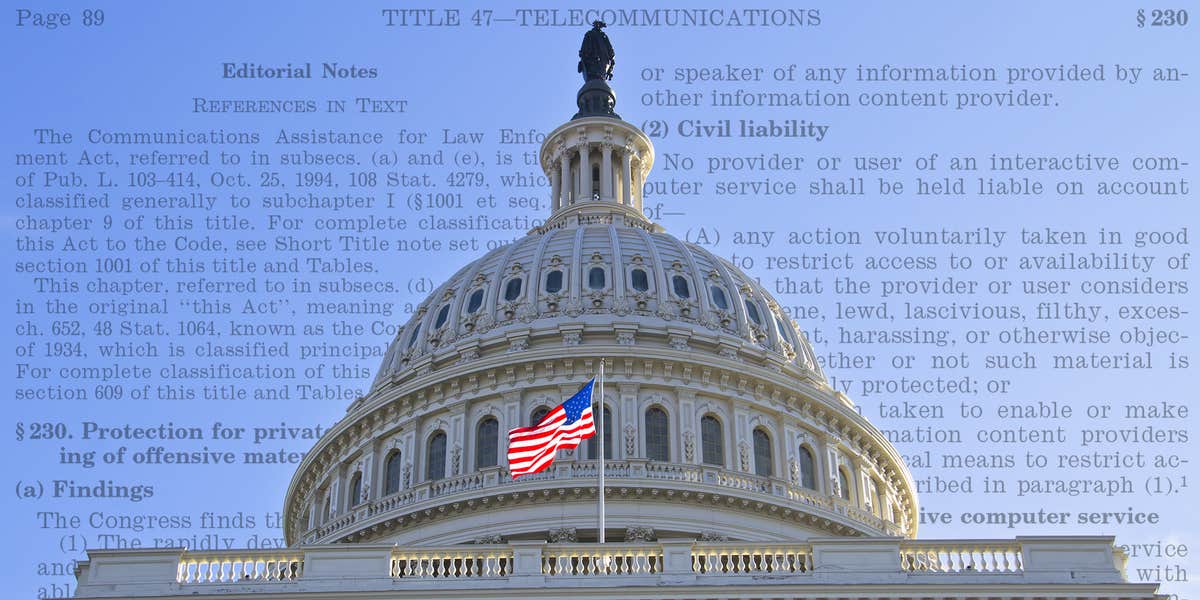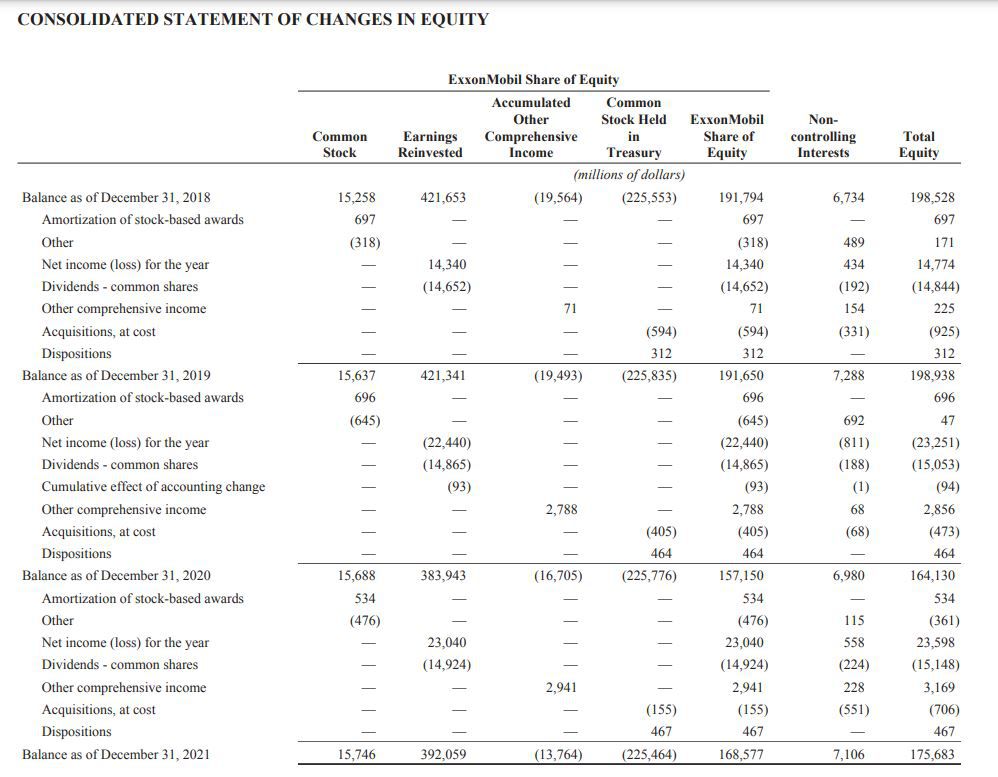China's Targeted Tariff Exemptions For US Products

Table of Contents
Understanding the Mechanism of Tariff Exemptions
China's tariff exemption process is a complex administrative procedure designed to alleviate the impact of tariffs on specific goods imported from the US. The mechanism involves a rigorous application process where US companies can request exemptions for products facing tariffs. This process is critical for businesses seeking to mitigate the impact of tariffs on their bottom line and maintain competitiveness in the Chinese market.
The application process typically requires detailed documentation supporting the claim that the product is essential, lacks domestic substitutes, or presents other compelling reasons for exemption. China’s Ministry of Commerce plays a central role in reviewing and approving these applications.
- Types of applications accepted: Applications can be submitted for various reasons, such as those demonstrating critical need for the product in China, the lack of comparable domestic alternatives, or cases of severe economic hardship due to tariffs.
- Required documentation for exemption requests: Detailed information on the product, its use, availability of domestic alternatives, and the economic impact of tariffs are typically required. Supporting evidence, market research, and financial data are also essential elements of a successful application.
- Timeline for processing exemption applications: The processing time can vary significantly depending on the complexity of the application and the volume of requests. Delays are common, so proactive application is key.
- Appeals process for rejected applications: While not always successful, a formal appeals process allows companies to challenge the rejection of their tariff exemption application. Careful attention to detail in the initial application can substantially reduce the likelihood of rejection.
Products Frequently Granted Exemptions
Historically, China has granted tariff exemptions to a range of US products, primarily focusing on those considered essential for specific industries or those lacking readily available Chinese alternatives. These exemptions often reflect strategic considerations within the broader US-China trade relationship.
The agricultural and technology sectors have experienced the most significant impact of these exemptions.
- Examples of exempted agricultural products: Soybeans, cotton, and certain types of meat have frequently received tariff exemptions, illustrating China's reliance on US agricultural imports despite trade tensions.
- Examples of exempted technology products: While less frequent due to national security concerns, certain semiconductor components and specialized technology goods have occasionally received exemptions, highlighting the interconnectedness of global supply chains.
- Impact of exemptions on specific US industries: The impact varies widely. Some industries experience significant relief, while others might only see marginal benefits, depending on the volume and type of products receiving exemptions.
Economic and Geopolitical Implications of the Exemptions
The economic and geopolitical implications of China's targeted tariff exemptions are far-reaching and multifaceted. For the US, exemptions offer some relief from the impact of tariffs, helping to maintain export levels to a significant market. However, the exemptions also create complexities and inconsistencies in the trade relationship.
For China, exemptions can alleviate certain supply chain bottlenecks and prevent significant disruption in specific sectors reliant on imported US goods.
- Effects on US exports and trade balance: Exemptions can positively affect the US trade balance, but the overall impact is influenced by the scale and scope of the exemptions granted.
- Effects on Chinese domestic industries: Exemptions can create challenges for competing domestic industries in China, potentially prompting calls for increased protectionism.
- Influence on overall US-China trade tensions: Exemptions can be seen as a sign of goodwill, but their selective nature can also fuel further trade disputes.
- Potential long-term implications for bilateral trade agreements: The administration and transparency of exemption processes can influence the future trajectory of any potential trade agreements between the two nations.
Future Outlook and Predictions for Tariff Exemptions
Predicting the future of China's tariff exemption policies requires consideration of ongoing trade negotiations, geopolitical developments, and domestic economic priorities within China. The current economic climate and the evolving relationship between the US and China will play a decisive role.
- Potential expansion or contraction of exemption lists: The lists could expand to include new products or contract as political and economic priorities shift.
- Impact of future trade deals on exemption policies: New trade deals could significantly alter China's tariff exemption policies, potentially leading to greater predictability or even complete removal of specific tariffs.
- Predictions on specific sectors affected by future changes: Sectors heavily reliant on imported US goods are likely to experience the most significant changes depending on how China manages its domestic industries and trade strategies.
Conclusion: Navigating China's Targeted Tariff Exemptions for US Products
Understanding China's Targeted Tariff Exemptions for US Products is vital for US businesses involved in trade with China. This article has highlighted the complexities of the exemption process, the types of products frequently granted exemptions, and the broader economic and geopolitical implications. The future trajectory of these policies remains uncertain, dependent on the ever-evolving US-China relationship.
To navigate this dynamic landscape, US businesses should conduct thorough research, consult with trade experts specializing in US-China trade relations, and actively monitor any changes in China’s tariff exemption policy. Resources such as the U.S. Department of Commerce and the US-China Business Council provide valuable insights and updates on US product tariff exemptions in China. Proactive engagement and a keen understanding of navigating China's tariffs on US goods are critical for continued success in this crucial market.

Featured Posts
-
 Heads Of State Honor Pope Francis At Solemn Funeral Service
Apr 28, 2025
Heads Of State Honor Pope Francis At Solemn Funeral Service
Apr 28, 2025 -
 Section 230 And Banned Chemicals On E Bay A Judges Ruling
Apr 28, 2025
Section 230 And Banned Chemicals On E Bay A Judges Ruling
Apr 28, 2025 -
 The Bof A Take On Stretched Stock Market Valuations Reasons For Confidence
Apr 28, 2025
The Bof A Take On Stretched Stock Market Valuations Reasons For Confidence
Apr 28, 2025 -
 Are High End Gpus Unaffordable Again
Apr 28, 2025
Are High End Gpus Unaffordable Again
Apr 28, 2025 -
 Yankees Series Comeback Judge And Goldschmidts Crucial Roles
Apr 28, 2025
Yankees Series Comeback Judge And Goldschmidts Crucial Roles
Apr 28, 2025
Latest Posts
-
 Examining The Financials The Impact Of Musks X Debt Sale
Apr 28, 2025
Examining The Financials The Impact Of Musks X Debt Sale
Apr 28, 2025 -
 Decoding Xs Financials Post Musk Debt Sale Analysis
Apr 28, 2025
Decoding Xs Financials Post Musk Debt Sale Analysis
Apr 28, 2025 -
 The Changing Face Of X A Look At The Financials Following Musks Debt Sale
Apr 28, 2025
The Changing Face Of X A Look At The Financials Following Musks Debt Sale
Apr 28, 2025 -
 Analysis Of Musks X Debt Sale Impact On Company Finances
Apr 28, 2025
Analysis Of Musks X Debt Sale Impact On Company Finances
Apr 28, 2025 -
 New X Financials How Musks Debt Sale Reshaped The Company
Apr 28, 2025
New X Financials How Musks Debt Sale Reshaped The Company
Apr 28, 2025
